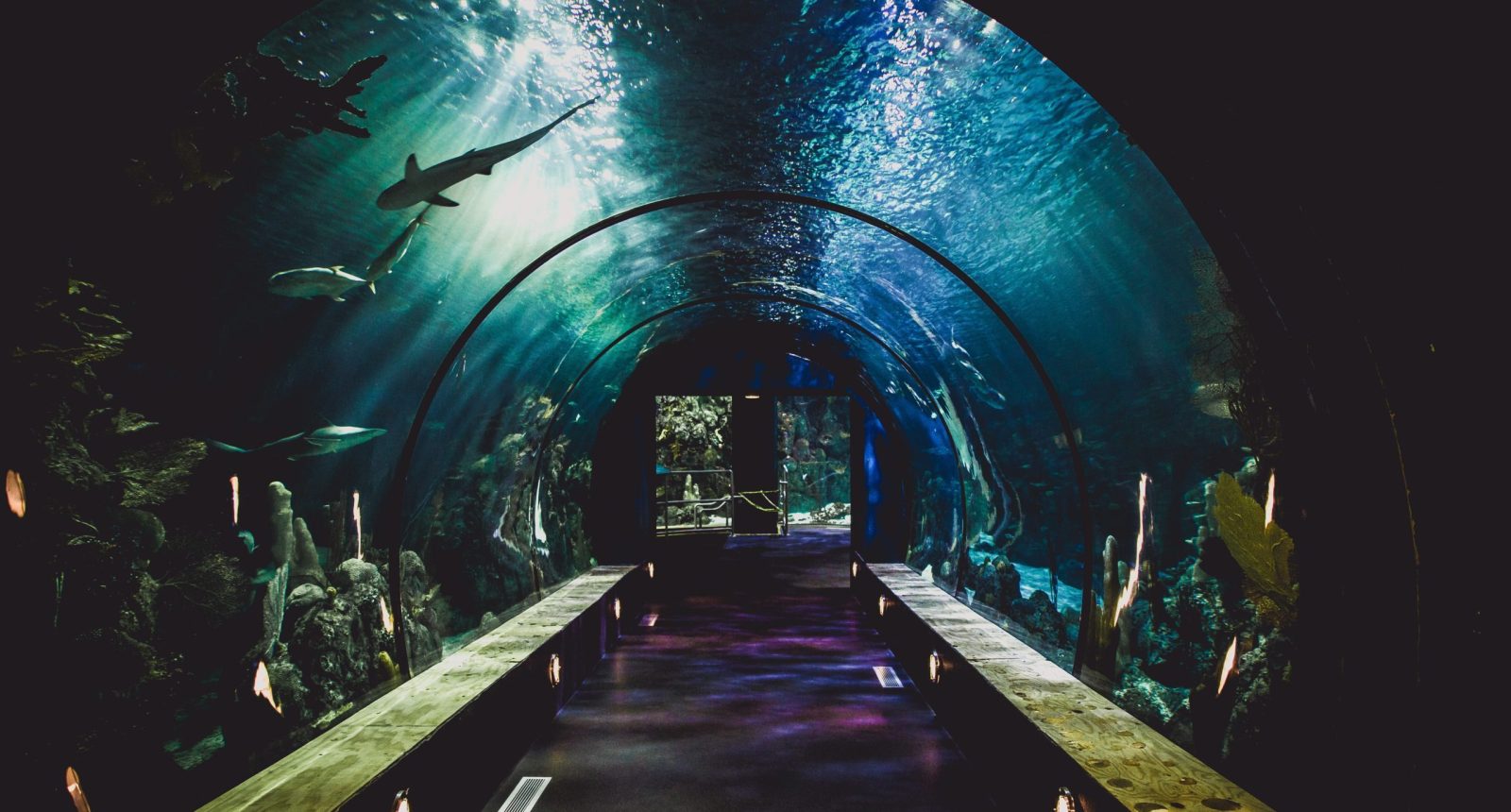
Over the past few years, public controversies surrounding marine theme parks such as Sea World and Marineland have brought an increased amount of attention to marine life attractions, including aquariums. While there is no doubt that those two specific attractions are responsible for their fair share of horrors in the industry, not all marine life attractions are created equal. All too often, aquariums that provide vital educational and research opportunities for marine conservation are looped in with the negative rap of these harmful marine theme parks.
As a passionate ocean conservationist, I understand the concerns that come with marine life attractions and the emotional appeal of the situation. However, I strongly believe that aquariums are effective educational tools that are supporting ocean conservation goals.
After posting about my recent visits to both the New England Aquarium and the Georgia Aquarium, I’ve received a lot of questions about whether it’s “okay” to visit aquariums, or if supporting aquariums is supporting harmful behavior towards marine life, and even the odd accusation that I’m a “bad activist” for visiting aquariums.
In this post, I want to address these and other common concerns and talk about why I think that most aquariums can be informative, educational, and minimally-invasive opportunities to learn more about our oceans and the marine life that inhabit them.
Marine Theme Parks vs. Aquariums
I want to first begin by defining marine theme parks and aquariums.
Marine theme parks are commercial theme parks where marine mammals such as dolphins, beluga whales, and sea lions are kept in captivity as trained show performers. There are currently 20 marine theme parks operating in North America.
Aquariums house a variety of different aquatic animal and plant species in large tanks for public viewing. There are approximately 48 accredited aquariums operating in North America today.
*NOTE: A “marine theme park” is different from a “marine park”. A marine park is a term used to describe a type of marine protected area (MPA) in an ocean or lake where a government has placed limits on human activity in order to protect an ecosystem.
In my opinion, the distinct difference between marine theme parks and aquariums is that marine theme parks exist for entertainment purposes, whereas aquariums exist for educational purposes. Think of a circus vs. a zoo: one forces animals to perform in order to entertain a public audience, whereas the other provides a habitat (and often rehabilitation) in which the public can also view and learn about the animals.
For this reason, I am a strong advocate against marine theme parks. (And the circus, since we’ve brought it up). This post is in absolutely no way supporting the operation of marine theme parks. Rather the goal is to discuss the role of aquariums in ocean conservation.
Interested in learning more about aquarium accreditation and the specific standards that aquariums need to adhere to? Check out this link!
How aquariums have changed
The existence of aquariums dates back to 1853 when the first aquarium was opened in the London Zoo. The famous P.T. Barnum quickly followed suit in 1856, bringing the aquarium to North America. Originally, aquariums were designed to be nothing more than spectator entertainment for guests. Aquariums were a place where guests could experience exotic animals they wouldn’t otherwise have the chance to.
The existence of aquariums dates back to 1853 when the first aquarium was opened in the London Zoo. The famous P.T. Barnum quickly followed suit in 1856, bringing the aquarium to North America. Click To TweetOver the years, aquariums have paid attention to progressive social movements like the environmental and animal cruelty movements, and as a result, have started putting more of a focus on conservation and educational programming. Rather than just providing a spectator arena for the marine world, aquariums are now playing more of an active role in ocean conservation by providing high-quality educational content about different marine species and the threats to them and their habitats as a result of climate change and ocean acidification, pollution, and overfishing. Additionally, most aquariums today are non-profit organizations and make significant contributions to scientific research.
Rather than just providing a spectator arena for the marine world, aquariums are now playing more of an active role in ocean conservation by providing high-quality educational content about different marine species and the threats to… Click To TweetMany aquariums now have conservation and research partners that help them develop their educational programming as well as inform conservation efforts and exhibits. In 2017, Georgia Aquarium scientists successfully performed health assessments on endangered whale sharks for the first time ever in Indonesia’s remote Cenderawasih Bay. Scientists studied whale shark movements and the impact of plastic pollution on their livelihoods. This information helped to inform conservation efforts and shape the whale shark exhibit at Georgia Aquarium.
Most aquariums also have robust rescue and rehabilitation programs, where threatened animals can take refuge and get the care they need. In 2018, 172 seal pups were rescued and rehabilitation at the Vancouver Aquarium. After successful treatment, many of these seal pups were successfully re-introduced into the wild.
Read more ocean conservation posts here.
Aquariums and ocean conservation
There was a time, in my early years as an “environmentalist” and “ocean activist” when I was strongly opposed to aquariums. I didn’t quite understand the “need” for aquariums as someone who is fortunate enough to regularly access the ocean and engage with marine life first-hand as a certified scuba diver. It wasn’t until I (a) learned more about the conservation and education practices that many aquariums are undertaking and (b) checked my privilege and realized that not everyone is able to interact with the ocean the way I am, that I began to reconsider my viewpoint.
After an extensive amount of research, I realized that aquariums are actually bridging a gap in conservation efforts and bringing the marine world to those who cannot regularly access an ocean first-hand. For many people who don’t live along the coast, an aquarium is the only way that they can interact with the ocean. For these individuals, an aquarium is one of the only ways that they can engage with marine life up-close and learn more about the threats facing our oceans.
For those wondering if aquarium education actually has an impact on the values of aquarium go-ers, a study conducted on the conservation attitudes of aquarium visitors revealed that visiting aquariums had a measurable impact on the conservation attitudes and understanding of adult visitors. The study highlighted that visits to aquariums prompted individuals to reconsider their role in environmental problems and conservation and to see themselves as part of the solution.
While there are some aquariums that use their space to create a utopian vision of a mystical, thriving ocean that allows guests to remain ignorant to the threats that our oceans face, most are moving in the opposite direction and using their platform to educate guests about issues like climate change, coral bleaching, and biodiversity loss in our oceans. The New England aquarium even has an entire section of its website dedicated to “Climate Change Resources“.

A study conducted on the conservation attitudes of aquarium visitors revealed that visiting aquariums had a measurable impact on the conservation attitudes and understanding of adult visitors. Click To Tweet
Final Thoughts
In my opinion, the largest benefit that aquariums have made towards ocean conservation is by inspiring people to act. Aquariums offer people the extraordinary opportunity to engage with marine life in an up-close setting. This is critical to generating the public support necessary for conservation efforts. In order for people to support ocean conservation, they must deeply appreciate them. But before they can appreciate them, people must first understand them. Aquariums offer people the opportunity to understand our oceans and fall in love with them.
People protect what they love, but they can’t love what they don’t understand.
Rob Stewart
Video clip provided by Natalie Lucier, Director, To the Orcas, With Love
My favourite aquariums
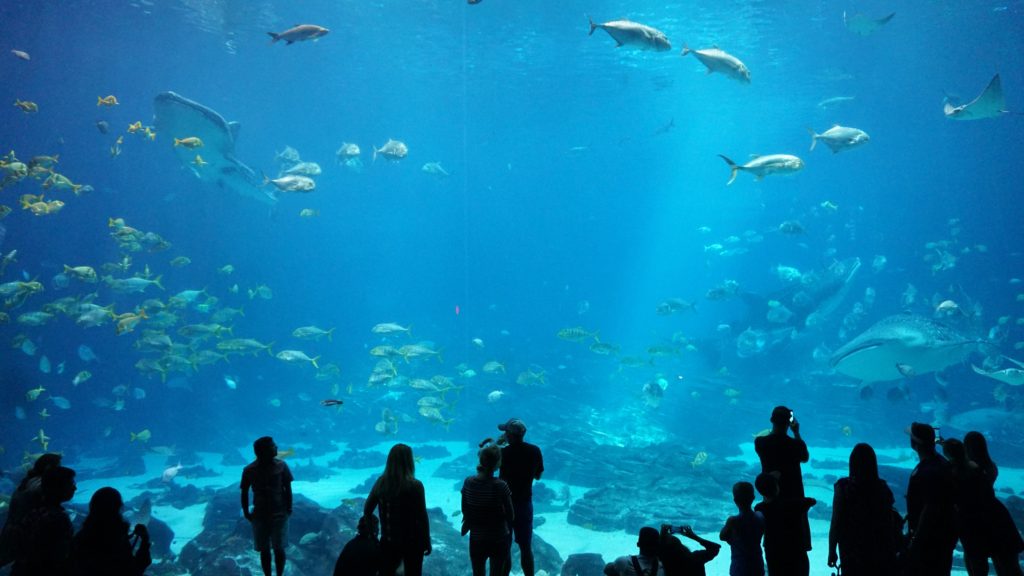
(non-profit)
- The aquarium has a partnership with the University of Georgia vet school and provides a complete aquatic animal pathology and clinical medicine program while training veterinary residents
- Learn about research initiatives

(non-profit)
- The aquarium provides free public lectures in the community by scientists, environmental writers, and photographers about marine conservation issues regularly
- Learn about marine animal rescue initiatives
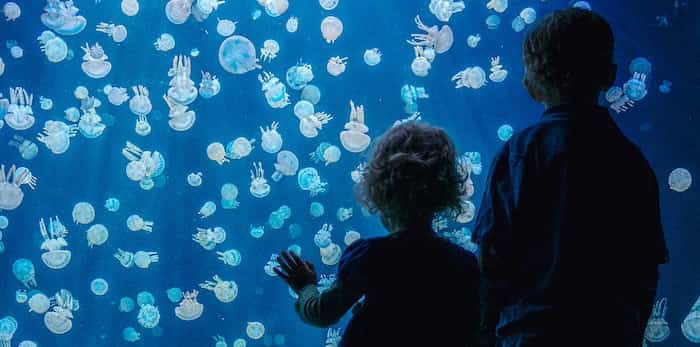
(non-profit)
- The aquarium is an Ocean Wise initiative and is also the Ocean Wise headquarters
- Learn more about education initiatives
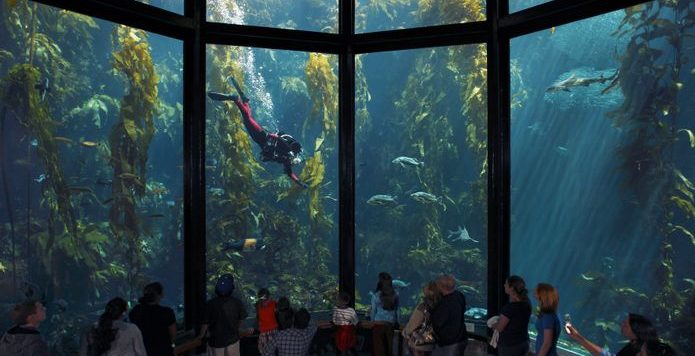
(non-profit)
- The aquarium is most well-known for its “Seafood Watch” program that helps promote sustainable seafood consumption
- Learn more about climate action for the ocean initiatives
Sorry, the comment form is closed at this time.

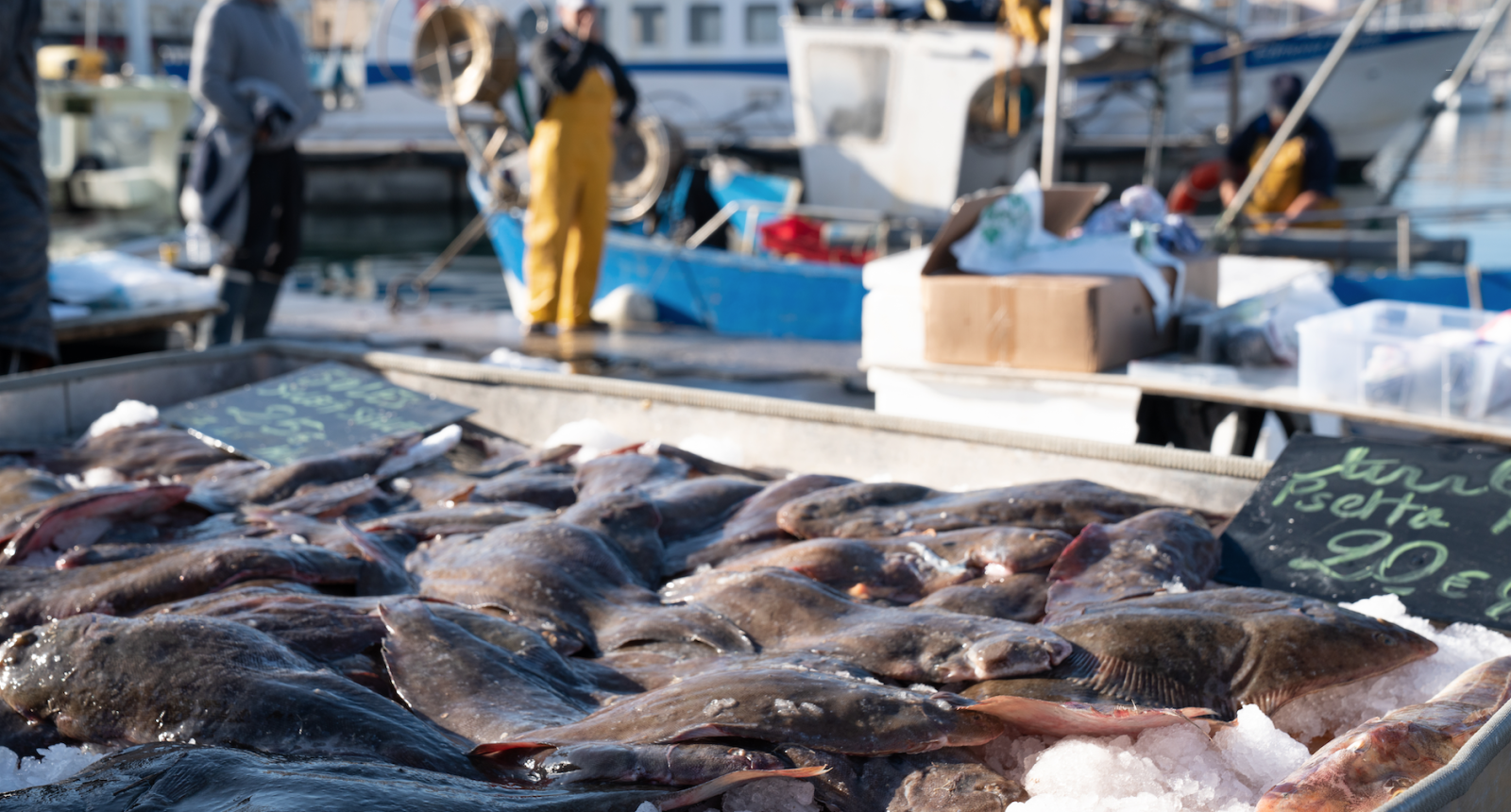


Farah Al Zadjaly
Wooow I had no idea. This has helped me realize alot. I love reading your blogs.